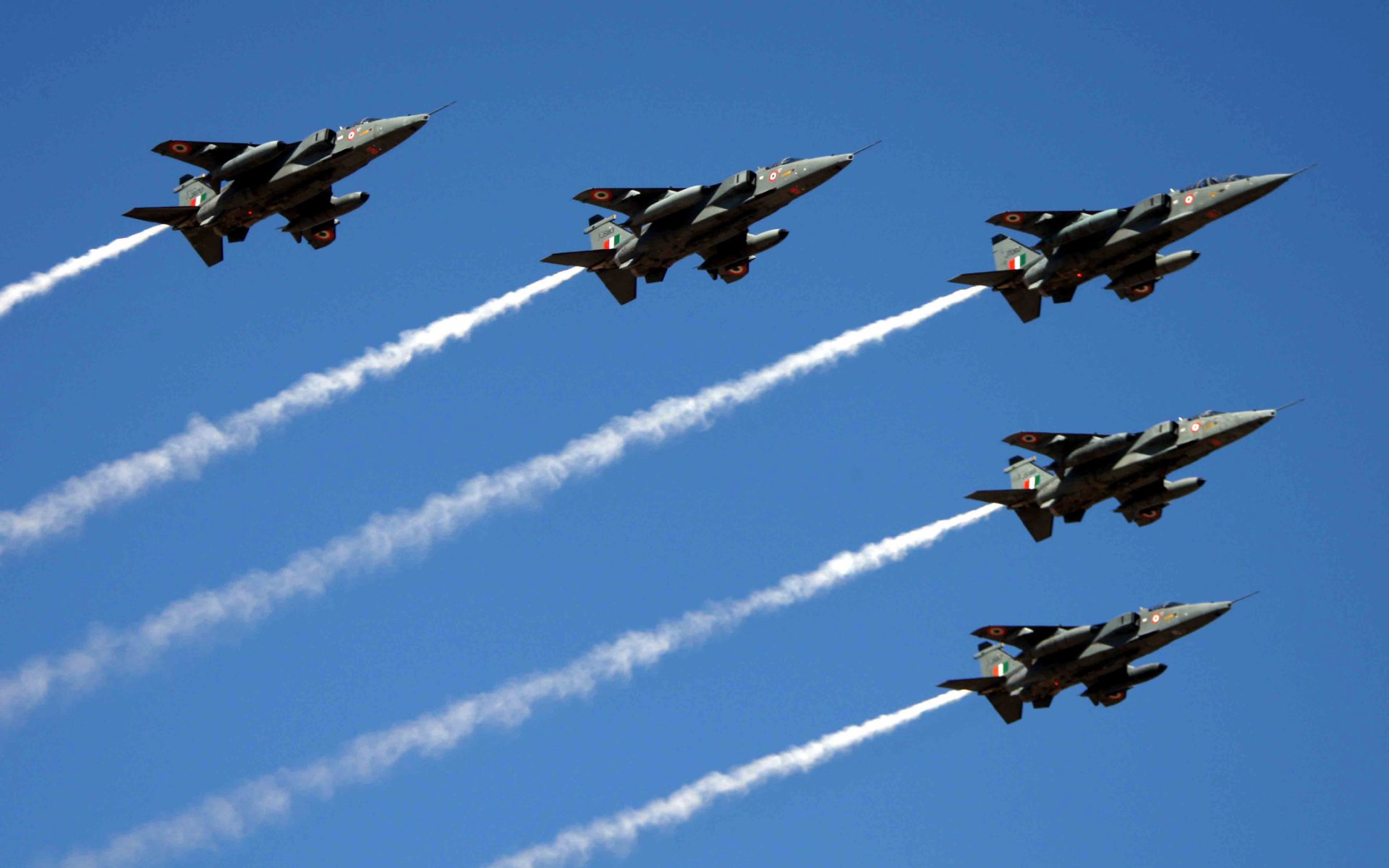Introduction
Air surveillance and security are some of the most heavily invested and specialized sectors of any country’s military force. A sound, efficient and able air defence extends to a great deed of a country’s protection and sovereignty.
Indian Air Force was officially established on 8th October 1932 under the British Raj and has now gone up to be the fourth largest air troops in the world, lagging behind the USA, Russia, and China. Indian Air Force is currently serviced by 1.40 lac soldiers. With the force’s drawing their motivation “Touch the Sky with Glory” from the eleventh chapter of the Bhagwadgita, the Indian Air Force has proved its mettle time to time and is on the song since the very inception of the air defence sector.
Indian Defense System with respect to China
India and China are the two most supreme powers in the periphery of Asia. As a result, the contest of attaining supremacy and control over each other always paves way for sour and bitter political and economic relations. Therefore, the equation between both these countries is usually hot and turbulent.
China homes the world’s third-largest air force with 3,210 units of military aircraft. People’s Liberation Army Air Force is one of the richest and influential air forces on the planet. With almost 3,30,000 soldiers serving the PLAAF, China does not lag much behind the Russian Air-Troops. The country has over 2800 mainstream aircraft and 1900 Combat Aircraft in China Air Force. Furthermore, China has made 192 modern and innovative rocket launchers and also has an S-300 ground-to-air attack missile system. In addition to the magnanimous numbers, PLAAF also has a long-range strategic bomber fleet coupled with airborne warning and control system (AWACS) aircraft. The PLAAF also underlines combat-ready drones.
India on the other hand, with 1.40 lac competent and brave soldiers has an extended system of 1700 units of military aircraft. The Indian Air Force (IAF) has 900 combat aircraft, with ten C-17 Globemaster aircraft, which is highly capable of carrying the weight of 40-70 tonnes for up to 4200-9000 km at one stretch. Adding to the icing of the cake, India has finalized the 36 Rafale Fighter jets deal with France, and has already received its first jet in October 2019. In addition to the Rafale Fighter Jet, India also homes the SU-30 MKI which is an efficient two-seater aircraft imported from Russia and attains the maximum speed of 2500 km/hr. Furthermore, MiG-29 and MiG-27 are two other emblems of Indian fighter jets which fly at the speed of 2455 km/hr and 1700 km/hr respectively. In addition, IAF also lines the Jaguar military aircraft which is an advanced combination of Indo-France Technology. This aircraft operates on two engines and is fully capable of damaging the inside territory of the enemy using its two guns of 30 MM bullets. This aircraft is also efficient in carrying additional arms and arsenal such as bombs and fuels up to 4750 kgs and travel at the speed of 1350km/hr.
Indian Defense System with respect to Pakistan
The knotty relationship between the two countries is a sorry visual. Both the countries stemmed from the Indian subcontinent as the negative consequence of Indian Freedom, and are in a state of disguised war ever since. Therefore, India has to pose a stronger upfront against Pakistan to show its military potential and eventually its prowess in the war field. Similarly, Pakistan also embodies the same philosophy.
Pakistan Air force is the seventh-largest air force in the world, lagging behind three places to that of India. With only 78,000 soldiers in the Pakistan Air military, it already gets outnumbered to that of Indian soldiers. Furthermore, the PAF homes 400 combats and 300 other support military aircraft units. The chief aircraft are MiG-19 and MiG21s aircraft, which exhibit extremely aggressive military potential in the frontline. However, PAF also has the US-origin Fighter Falcon Aircraft which poses a great threat to the IAF as it is one of the toughest and challenging weapons to beat.
However, despite lagging behind India in terms of numbers of soldiers and aircraft, Pakistan still manages to pose an extremely great challenge. Pakistan’s “Ops Swift Retort” in 2019 is a testament that the neighbouring country was armed with better fighter planes, Beyond Visual Range Air-to-Air missiles, and SAAB airborne warning and control systems which led the Indian Airforce wanting in many places.
With the delivery of the first Rafael Jet, things seem to be a little less bleak in the Indian Air Force as it finds itself in a more able and challenging position to the neighbouring nations.

